
All categories
Featured selections
Trade Assurance
Buyer Central
Help Center
Get the app
Become a supplier

(203 products available)








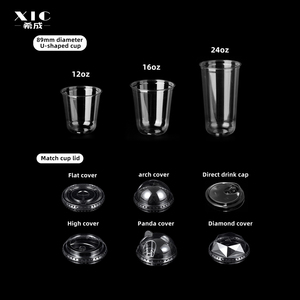














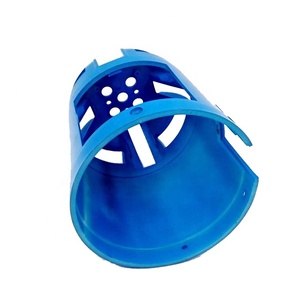





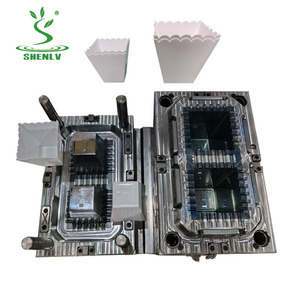
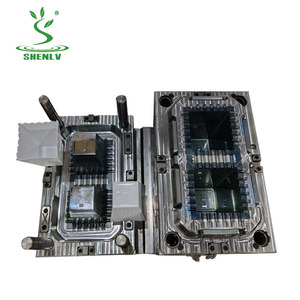

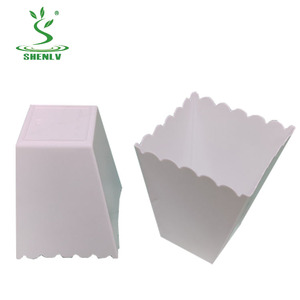



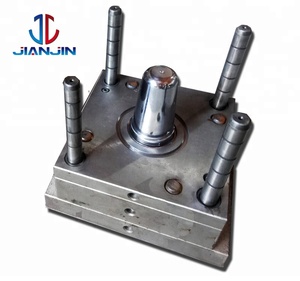
An injection plastic cup saucer mould is a tool used in the injection moulding process to create plastic cups and saucers. The mould is designed with cavities that shape the molten plastic into the final products when it cools down and solidifies. There are different types of injection plastic cup saucer moulds, each having its advantages and disadvantages depending on what one wants to achieve.
Single moulds
Single moulds are the most common type of injection plastic cup saucer moulds. As the name suggests, a single mould creates one cup or saucer design at a time. This kind of mould is suitable for making different items in one production run. It is also flexible since it can produce various shapes and sizes of cups and saucers. Single moulds are simple and cost-effective, making them ideal for small-scale production or prototypes. However, they may be slower than other types that can make multiple pieces simultaneously.
Multi-moulds
Multi-moulds are designed to produce multiple pieces of cups and saucers in one cycle. This type of mould reduces production time and increases efficiency, making it ideal for mass production. Multi-moulds can create different types of cups and saucers simultaneously, saving time and resources. They are complex and expensive to build, but they offer higher productivity rates. Multi-moulds are suitable for manufacturers who need to produce large quantities of plastic cups and saucers within a short period without compromising quality.
Stack moulds
Stack moulds consist of several layers or stacks, with each layer having its cavity for forming either cups or saucers. This allows for simultaneous production of multiple items across different levels within the same machine cycle. Stack moulds are compact solutions that save space while providing high output rates required by industries needing large volumes with limited floor area availability.
Insert moulds
These have inserts placed into them before injecting plastic material, which creates features like logos or other branding details on cups/saucers. They could also include additional components like handles. Insert moulds are versatile tools used when manufacturers want to add more value through design elements. They are often used in creating complex cup designs with multiple colours.
Cup saucer moulds are designed to accommodate different types of cups and saucers. Some of the common designs include:
Single cavity moulds:
This is the most common type of cup and saucer mould. It has a single cavity that forms one type of product: either the cup or the saucer. Manufacturers who produce the same type of cup and saucer in bulk typically use this type of mould. Even though this design is simple, it is cost-effective and has a short production cycle.
Multi-cavity moulds:
This mould has multiple cavities that allow for the simultaneous production of several cups and saucers. This design is ideal for mass-producing plastic cups and saucers. It shortens the production time, reduces the cost of the cycle, and makes it more efficient.
Combination moulds:
This design has a combination of different cavity types. It can produce both cups and saucers within a single cycle. Combination moulds are suitable for small-scale production lines that require flexibility. They can easily change the type of product being manufactured without incurring extra costs or wasting time.
Stackable moulds:
These are designed to create stackable cups and saucers. This means that the cups and saucers can be neatly arranged on top of each other to save space. Stackable moulds are ideal for producing items that will be displayed on store shelves or kept in kitchen cabinets.
Interlocking moulds:
This design allows for the production of interlocking cups and saucers. The cups fit perfectly into the centre of their corresponding saucers, forming a secure and tidy unit. Interlocking moulds are suitable for creating cup-saucer sets that are easier to handle and store.
Artistic/customized moulds:
These designs are made to meet specific requirements. They can produce cups and saucers with unique features, such as intricate patterns or unusual shapes. Artistic/customized moulds are great for making designer tableware or limited-edition sets with distinct styles.
Manufacturing Industry
Injection moulds are used in the manufacturing industry to produce plastic cups and saucers in large quantities. The plastic mold cups and saucers can be made quickly and precisely with the help of injection molding. The technique is well known for producing durable, lightweight, and affordable products.
Pharmaceutical Industry
Plastic cups and saucers are prevalent in the pharmaceutical industry for distributing drugs. The cups and saucers are usually designed to be disposable for convenience. Injection moulds are used to cheaply and quickly produce these items in large quantities.
Hospitality Industry
The hospitality industry, which includes hotels, restaurants, and cafes, uses injection moulded cups and saucers. The hotel industry uses plastic cups and saucers in its facilities, such as in-flight services, room services, and dining halls. The plastic cups and saucers are lightweight and easy to carry. They are also disposable, which makes them easy to throw away.
Event Management Industry
The event management industry uses injection moulded cups and saucers because they are light and easy to carry. They are also designed to be disposable, which makes them convenient for use in events such as weddings, birthday parties, and conferences. The event management industry prefers plastic cups and saucers that are inexpensive and available in a wide range of colors and designs so that they can complement the event theme.
Food Industry
In the food industry, plastic cups and saucers are used for distributing food and beverages. In a business that manufactures and sells ice cream, for instance, injection moulded cups and saucers are used to serve ice cream to customers. The cups and saucers are also designed to be disposable for convenience.
Choosing the right injection plastic cup saucer moulds is crucial for the success of any business that relies on these products. It involves considering various factors to ensure the moulds meet the specific needs and requirements of the business. Here are some key points to consider when selecting injection plastic cup saucer moulds:
Purpose and application:
It is important to clearly define the purpose and application of the injection plastic cup saucer moulds. Consider the type of cups and saucers that will be produced and the specific requirements. For example, will they be used in restaurants, events, or as promotional items? Understanding the purpose will help narrow down the options for mould selection.
Material compatibility:
Injection plastic cup saucer moulds are made of different materials, such as steel and aluminum. Each material has its advantages and disadvantages. For example, steel is durable, while aluminum has good heat conductivity. Choosing a mould material that matches the type of plastic being used is essential. It ensures that the mould can withstand the heat and pressure of the injection moulding process.
Design and features:
The design of the mould plays a significant role in the quality and appearance of the final product. When choosing a mould, look for features such as drainage, easy ejecting of the final product, and proper alignment. These features make the mould easy to use and produce high-quality cups and saucers. Additionally, consider any special design elements or features required for the desired cups and saucers, such as intricate patterns or unique shapes.
Production efficiency:
Production efficiency is an important factor to consider when choosing injection plastic cup saucer moulds. Look for moulds that offer fast cycle times and easy setup. These moulds help reduce production costs and increase productivity. Additionally, consider features such as hot runner systems or multi-cavity configurations, which can significantly improve moulding efficiency.
Quality and durability:
The quality and durability of the mould should also be considered. Opt for moulds that are well-made and can withstand the rigours of production. Moulds that are durable and of high quality require less maintenance and have a longer lifespan, resulting in consistent and reliable performance over time. Furthermore, ensure that the mould is designed to produce consistent and defect-free cups and saucers, meeting the required quality standards.
Cost and budget:
Cost is always a significant factor in any business decision, and choosing injection plastic cup saucer moulds is no exception. Determine the budget for the moulds and find a balance between cost and quality. Remember that cheaper options may save money in the short term but could lead to higher maintenance costs and lower product quality in the long run. It is crucial to consider the total cost of ownership, which includes initial costs, maintenance, and potential production downtime.
Q1. What is the plastic cup saucer mold procedure?
A1. The procedure involves designing a mold, selecting the plastic material, heating the plastic, injecting it into the mold, cooling, and solidifying, and finally removing the excess material and finishing the product.
Q2. What are the types of injection plastic cup saucer molds?
A2. The types of cups injection molds include hot runner molds, cold runner molds, family molds, and multi-cavity molds.
Q3. What are the benefits of using an injection plastic cup saucer mold?
A3. They are cost-effective, have a quick production rate, and make products with consistent quality and precise dimensions.
Q4. How long does the mold last?
A4. It can last for several years, but the exact lifespan depends on the factors like maintenance, the material used to make the mold, and the frequency of use.
Q5. What are the plastics commonly used in injection molding for cup saucers?
A5. PP, PS, and PET are the common plastics used in injection molding for cup saucers.